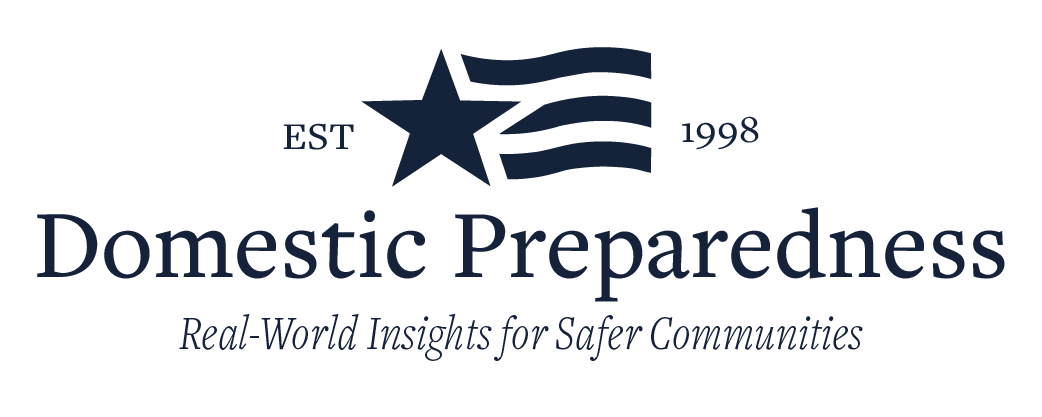This is an article by Russ Kane, an Article Out Loud from Domestic Preparedness, March 26, 2025.
In the interest of reducing methane pollution and establishing a revenue stream for a renewable resource, dairy and livestock operators are creating mechanisms to produce compressed natural gas. This new technology reduces greenhouse gases but also introduces new hazards to rural communities.
Learn how new technology that reduces greenhouse gases also introduces new hazards to rural communities.

Russ Kane
Russ Kane, M.Sc., CFO, CWMS, is a fire chief in Northeast Colorado with the Galeton Fire Protection District. Chief Kane has four decades of progressive of fire, hazmat, and emergency services leadership in the public and the private sectors at the local, county, regional, and state jurisdictional levels. Specifically, Chief Kane has been involved as a responder and incident management team member on Type 3-1 incidents in rail, power, oil and gas, chemical industries, special events, and the 9-11 attacks, as well as western wildland fire mobilizations and campaigns. Since 1981, Kane has been working with the New Jersey Fire and Emergency Services, where he has enforced major environmental, health, and safety regulations for hazardous materials incidents. In his roles with the agency, he has developed perspectives as a responder and a member of the regulated community. In his present role as a rural fire chief in the fourth largest oil and gas field in the U.S and member of the Colorado Preparedness & Response Network, he manages potential jurisdictional conflicts through relationship management with oil and gas producers and the agricultural community.
- Russ Kanehttps://domesticpreparedness.com/author/russ-kane








